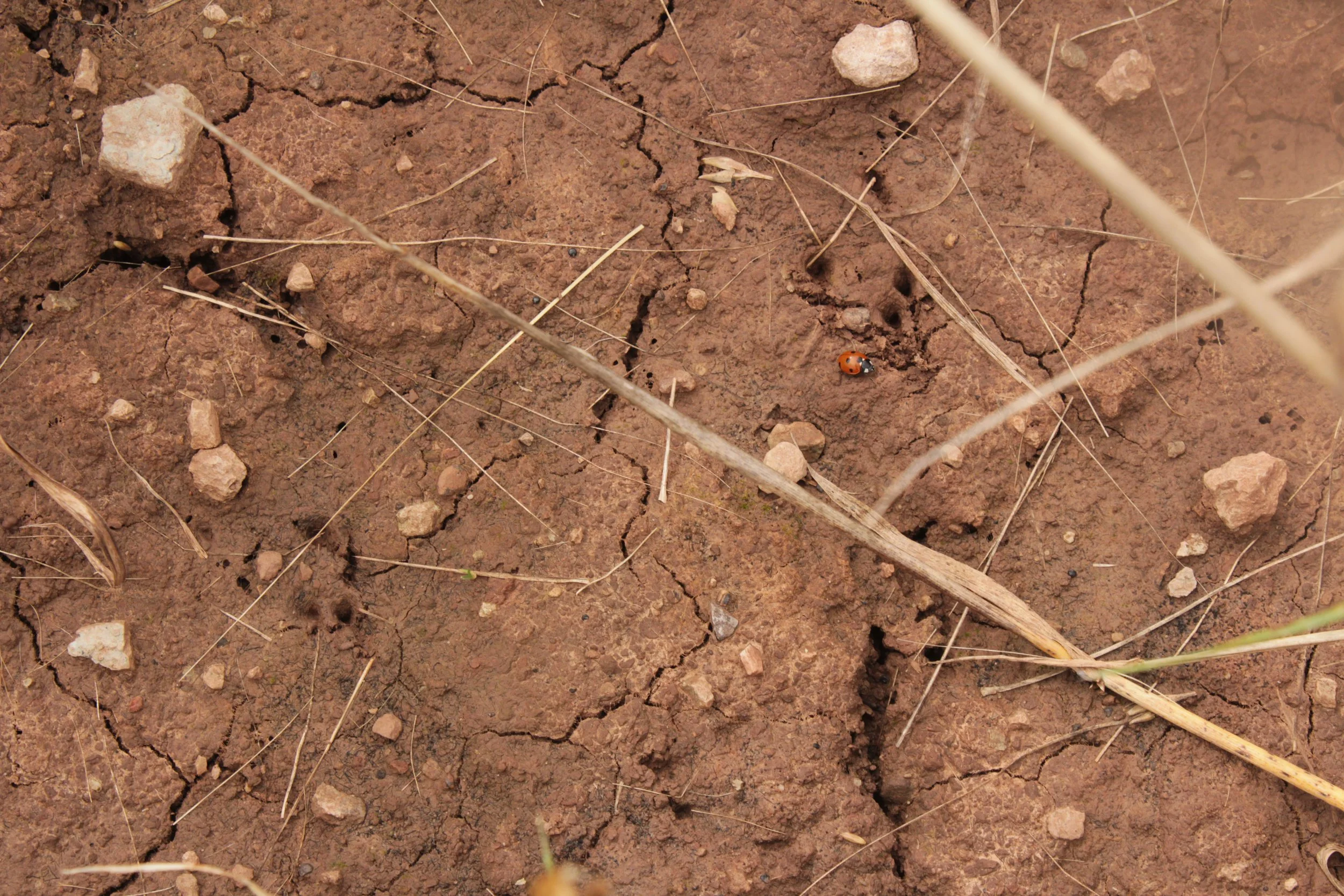Home / British mammals / Yellow-necked mouse
Yellow-necked mouse
Scientific name: Apodemus flavicollis
The yellow necked mouse can be distinguished from the wood mouse by its slightly larger size and characteristic band of yellow-brown fur on the chest which interrupts the white colouration on the underside. It is restricted to southern Britain.
Taxonomy chart
Animalia - Chordata - Mammalia - Rodentia - Muridae - Apodemus - A. flavicollis
Conservation status: UK Red List
GB: Least Concern
England: Least Concern
Scotland: N/A
Wales: Least Concern
Global: Least Concern
Species information
Habitat: Urban & gardens, coniferous woodland, deciduous woodland, mixed woodland.
Description: Fur is brown on the back and white on the underside. A complete band of yellow fur is evident across the neck area, a reasonably reliable distinction from the similar wood mouse. The yellow necked mouse has large ears, protruding eyes and long tail.
Size: 9.5-12cm; tail 7.7-11.8cm.
Weight: 14-45g
Lifespan: Few mice survive more than a year and the average life expectancy is 3-4 months.
Origin and distribution
Found over a restricted range in southern Britain, from Dorset across to Kent and Suffolk, and along the Severn basin from Gloucestershire to Staffordshire. Its distribution is certainly associated with long established woodland sites, but within its range it can turn up in hedgerows and gardens.
Diet
Feeding primarily on tree seed, fruits, some green plants and invertebrates, their diet is very similar to their close relative the wood mouse.
General ecology
These mice are largely nocturnal and are expert climbers. They make full use of the woodland floor and canopy when moving. Home range sizes are generally slightly larger than those of wood mice and home ranges overlap between and within the sexes. Generally their ranges are less than 0.5 hectares, shrinking in the non-breeding season and increasing for males in the spring. Yellow-necked mice may specialise on eating tree seeds, possibly selecting those species of seed with the highest energy value. Food may be stored in their complicated underground burrow systems. Burrows are often constructed amongst root systems and contain nests furnished with plant material as bedding. The tunnel system can be extensive, covering a wide area and having several entrances. Nests may also be found above ground in tree holes, dormice boxes and in houses.
Breeding
Yellow-necked mice have successive pregnancies from February to October producing litters of 2-11 young. Males become reproductively active first in the spring and the onset of breeding falls 2-8 weeks earlier than for wood mice where the two species occur together. The pups are born naked and blind, and weigh about 2.8g. Their eyes open after 13-16 days and their distinctive yellow collar is discernible as a grey pre-cursor by then.
Conservation status
The unusual distribution of the yellow-necked mouse remains to be fully explained. The current status of this species is also less than clear, despite being common in some areas. In an endeavour to throw light on these matters, the Mammal Society launched a National Survey which included substantial live-trapping studies in autumn 1998. Yellow-necked mice have no legal protection. The National Survey confirmed the known range and status with no obvious decline and retreats (reasonably common across much of south England), suggesting no urgent conservation needs.
Identification
Fur is brown on the back and white on the underside. A complete band of yellow fur across the neck area, distinguishing it from the very similar wood mouse. Large ears, protruding eyes and long tail. Head and body length 9-12cm, tail length 7-12cm.
Download resources
Confusion species
Hazel dormouse (Muscardinus avellanarius)
Orange/yellow coat on top with yellow underside and white on throat, whereas yellow-necked mouse has red/brown fur on top and very pale (almost white) underside. Hazel dormouse has larger black eyes but yellow-necked mouse has larger, more prominent ears. Dormouse has a very furry tail which yellow-necked mouse does not have.
House mouse (Mus domesticus)
Grey/brown fur on top, as opposed to red/brown fur on top of yellow-necked mouse. Brown/pink tail, whereas yellow-necked mouse has a darker tail on top. Smaller ears than yellow-necked mouse.
Harvest mouse (Micromys minutus)
Much smaller than the yellow-necked mouse. Golden-brown on top with pale grey/white underside, whilst yellow-necked mouse has red/brown fur on top with a contrasting pale (often white) underside. Small eyes and subtle ears (often covered by fur) whilst yellow-necked mouse has large, prominent eyes and ears.
Wood mouse (Apodemus sylvaticus)
Slightly smaller than the yellow-necked mouse, with proportionately slightly smaller eyes and ears. Yellow-necked mouse is usually more lively and louder than wood mouse when caught. If you get a closer look: longitudinal yellow/orange streak down the chest, unlike in yellow-necked mouse which has an unbroken yellow band around the neck, joining forelegs (this is the distinguishing feature between the two species, do not attempt to identify these two species without a close up view of this, they are usually too similar to tell apart without seeing this).
Identify sounds
Heard a curious animal sound but no idea whose making it?
Wildlife identification FAQ
Still not sure what you’ve found? Head over to our FAQ for an answer.








